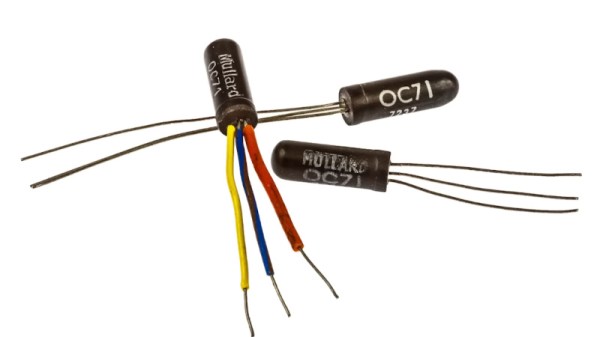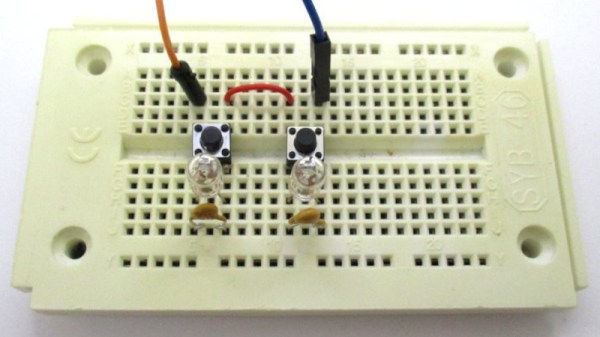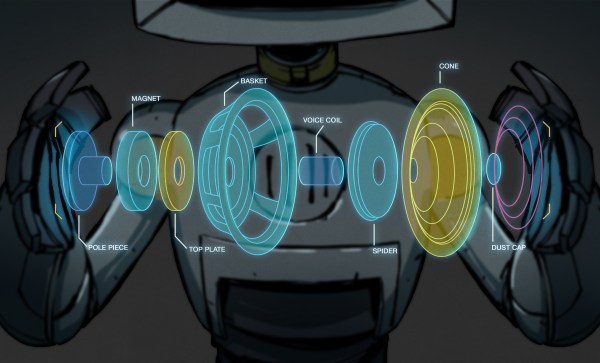Such are the breadth of functions delivered by integrated circuits, it’s now rare to see a simple small-signal transistor project on these pages. But if you delve back into the roots of solid state electronics you’ll find a host of clever ways to get the most from the most basic of active parts.\
Everyone was familiar with their part numbers and characteristics, and if you were an electronics enthusiast in Europe it’s likely there was one part above all others that made its way onto your bench. [ElectronicsNotes] takes a look at the OC71, probably the most common PNP germanium transistor on the side of the Atlantic this is being written on.
When this device was launched in 1953 the transistor itself had only been invented a few years earlier, so while its relatively modest specs look pedestrian by today’s standards they represented a leap ahead in performance at the time. He touches on the thermal runaway which could affect germanium devices, and talks about the use of black silicone filling to reduce light sensitivity.
The OC71 was old hat by the 1970s, but electronics books of the era hadn’t caught up. Thus many engineers born long after the device’s heyday retain a soft spot for it. We recently even featured a teardown of a dead one.



















